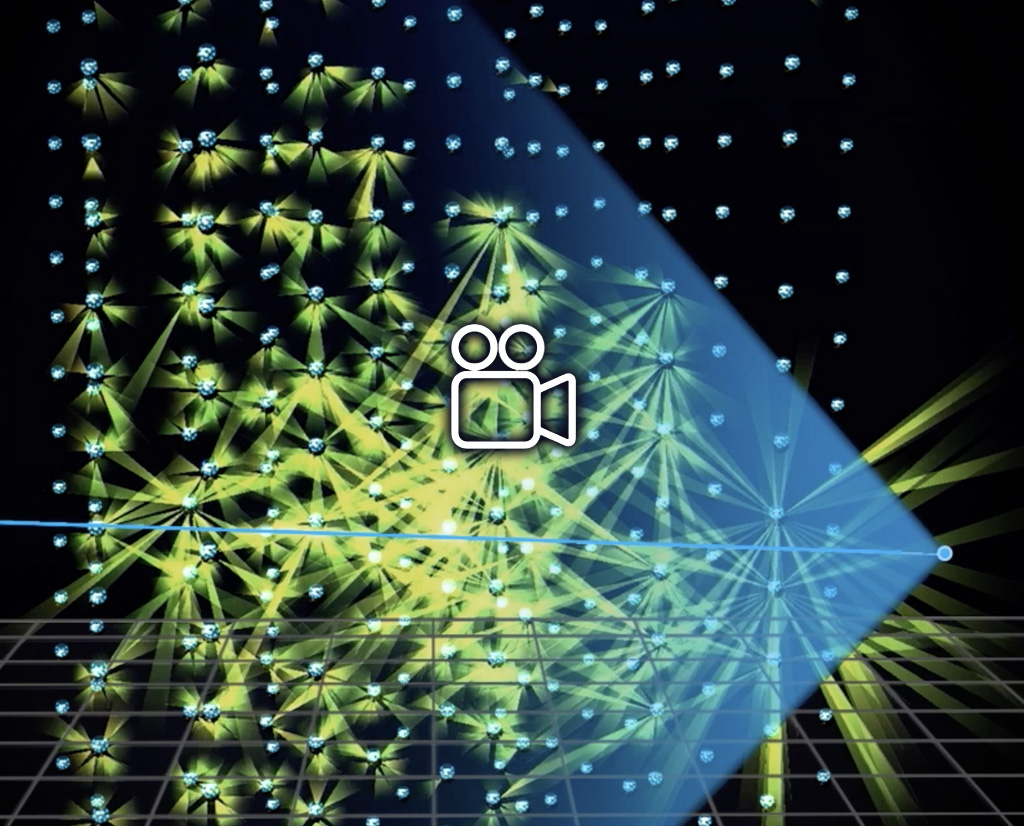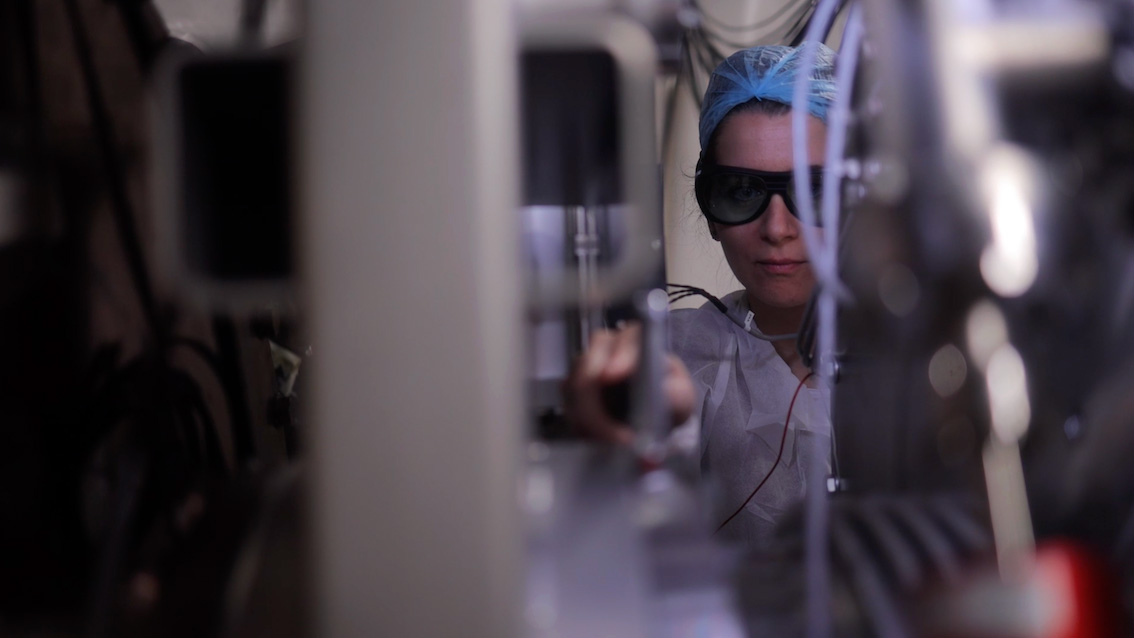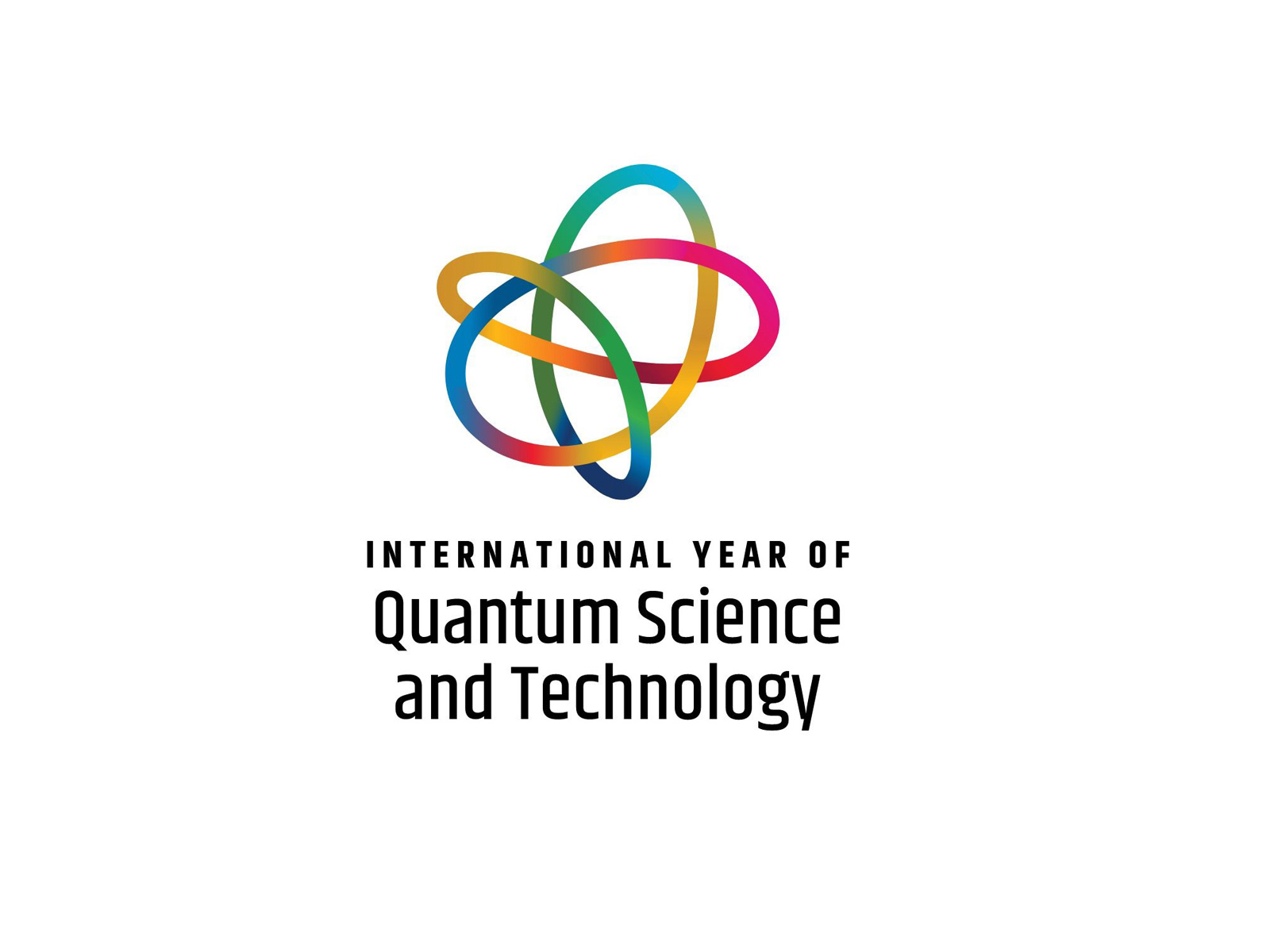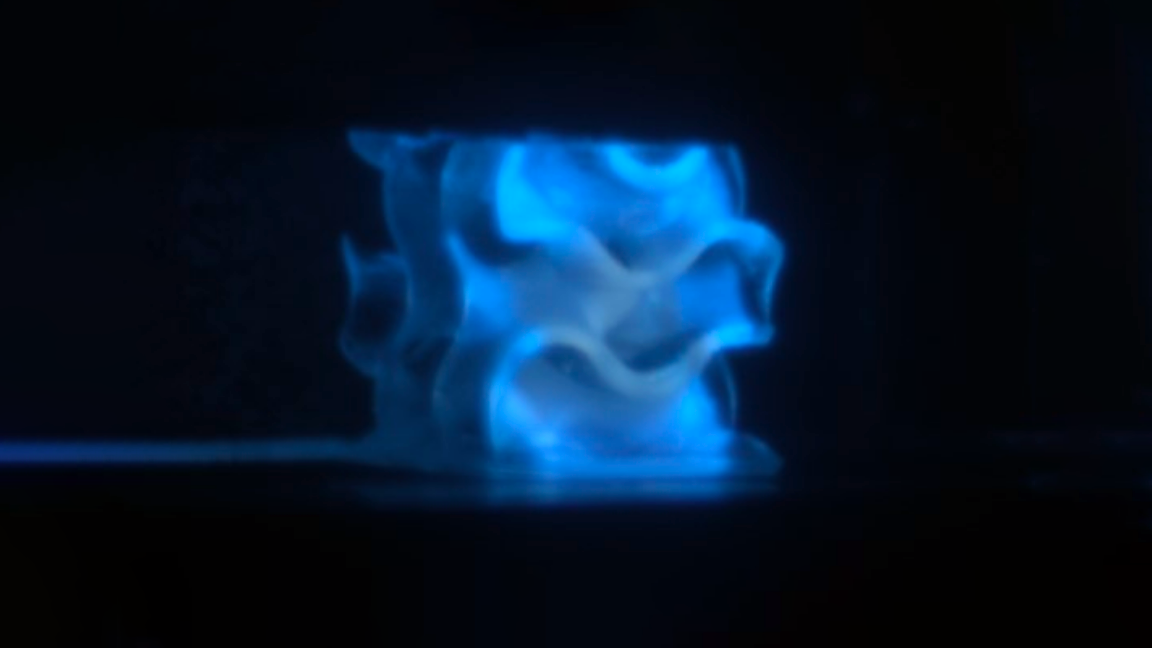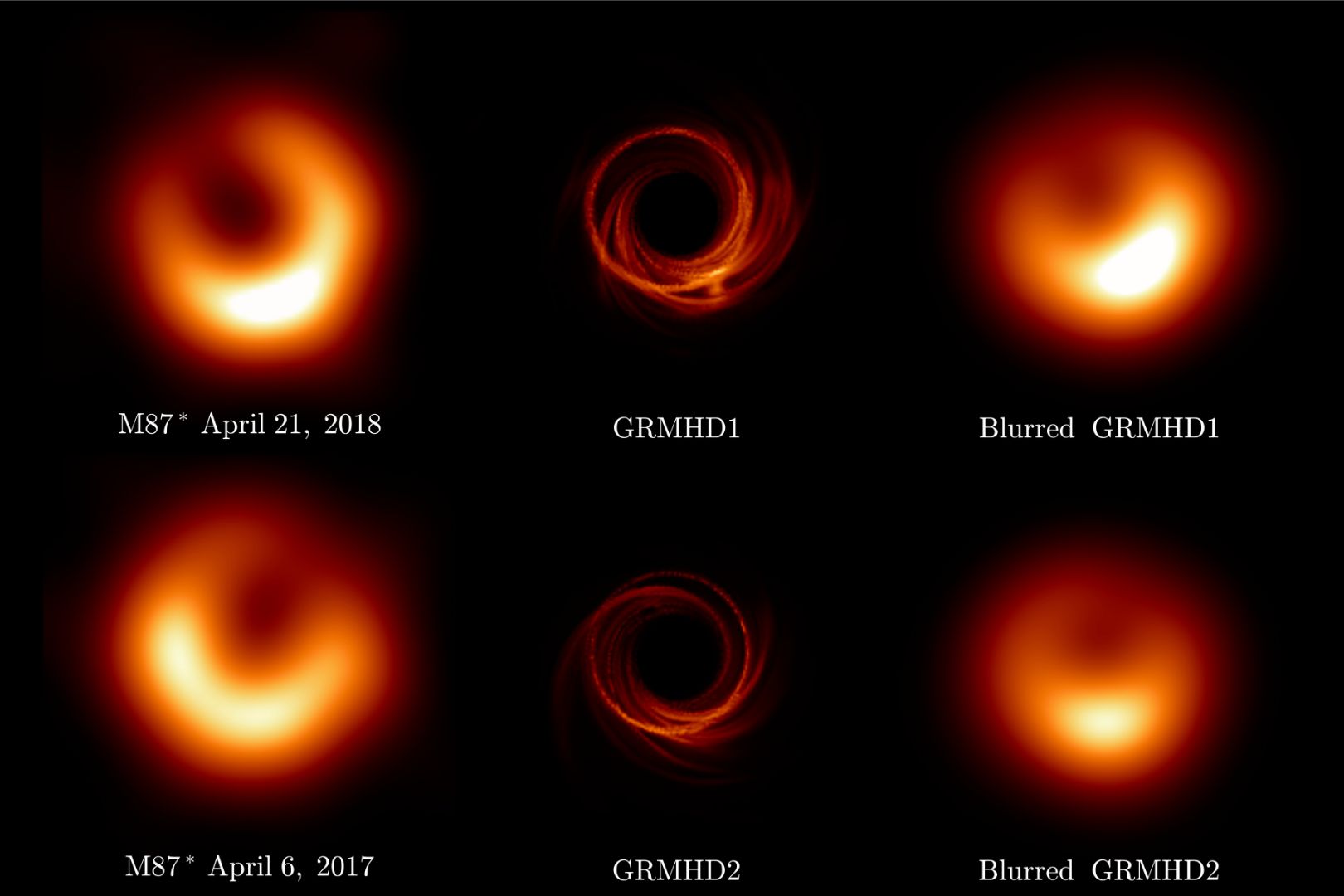 The project approved by NASA as the next space mission of the Explorer program is called IXPE (Imaging X-Ray Polarimetry Explorer). The satellite detector, in which Italy is participating with INFN and the National Institute for Astrophysics (INAF) with the coordination of the Italian Space Agency
The project approved by NASA as the next space mission of the Explorer program is called IXPE (Imaging X-Ray Polarimetry Explorer). The satellite detector, in which Italy is participating with INFN and the National Institute for Astrophysics (INAF) with the coordination of the Italian Space Agency
Coordination (ASI), is dedicated to the study of the X Polarimetry of celestial sources, such as black holes, neutron stars, magnetars and pulsars, and to the study of the effects of fundamental physics in extreme environments, such as Quantum Gravity (QG), vacuum birefringence and the manifestation of new exotic particles such as Axion Like Particles (ALP). The scheduled launch date is the end of 2020.
The core of IXPE will be built around innovative detectors of X-rays sensitive to polarization, invented, developed and brought to space qualification by INFN, in collaboration with INAF and with the support of ASI, which will also provide its base in Malindi for data reception. In particular, three IXPE’s detectors,
the Gas Pixel Detectors (GPD), implemented under the responsibility of the INFN Pisa and Turin division, will be placed in the focus of three X-ray telescopes, housed inside the satellite. GPD is the first system capable of simultaneously measuring all the properties of the X photons emitted by celestial sources, including direction of arrival, energy, time of arrival and direction of the associated electric field. In particular, by measuring the direction of the electric field of an adequate number of photons emitted by an X-ray source, it will be possible to measure for the first time, with great efficiency and sensitivity, the polarization of the radiation emitted by the source. Thus providing unique and hitherto inaccessible information on the geometry of the mass distributions and fields of the source

